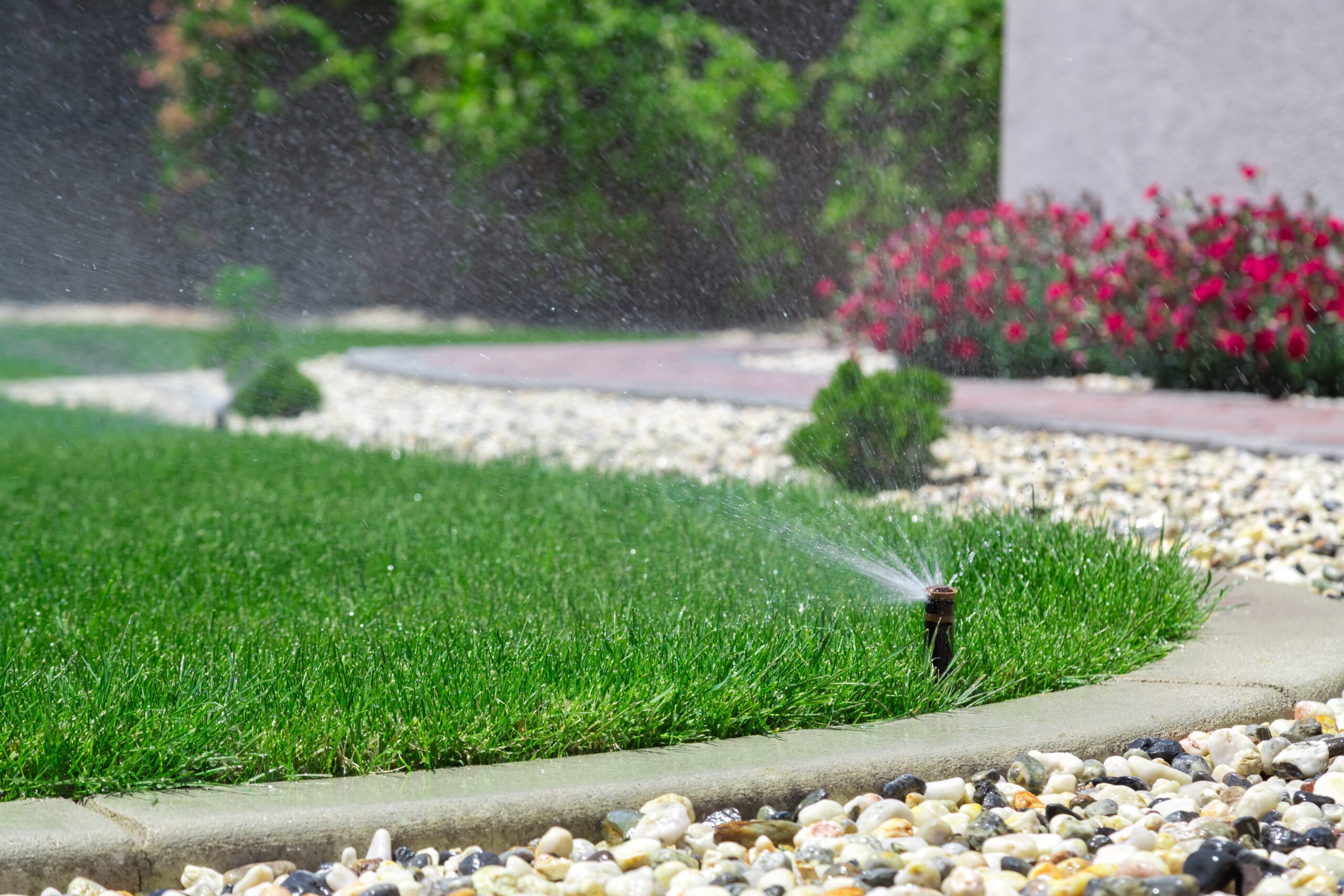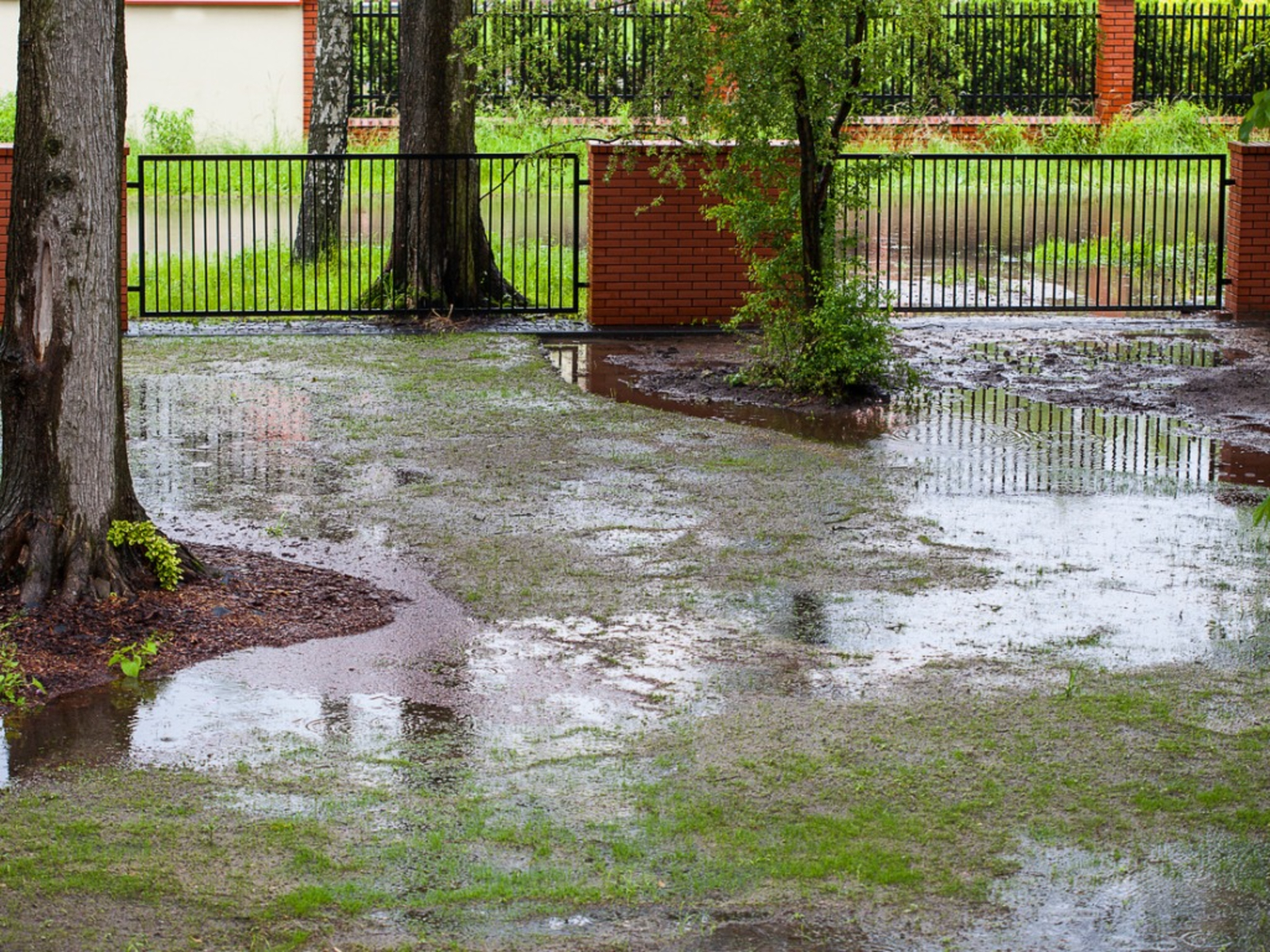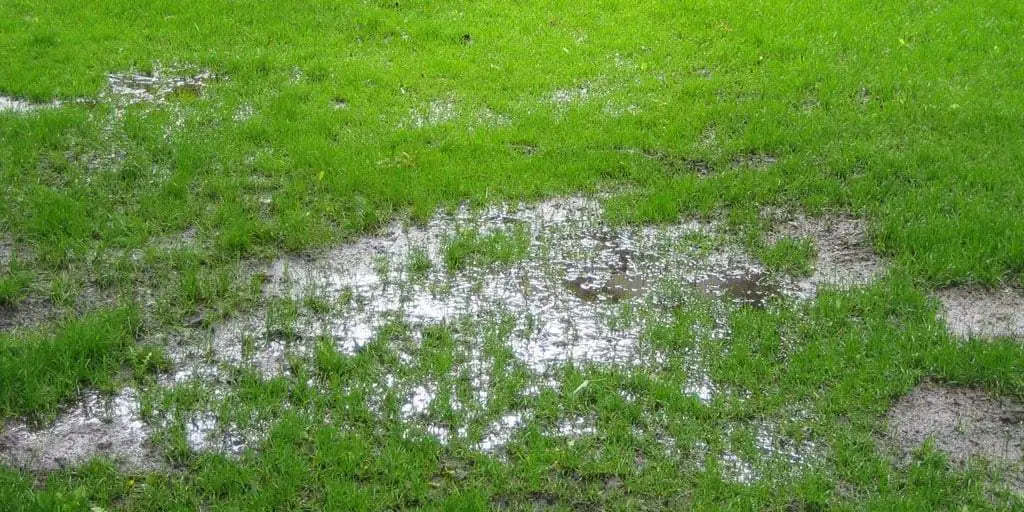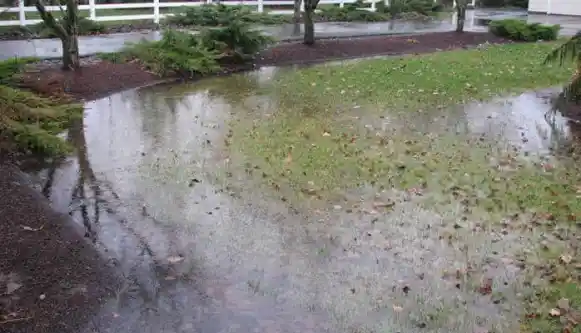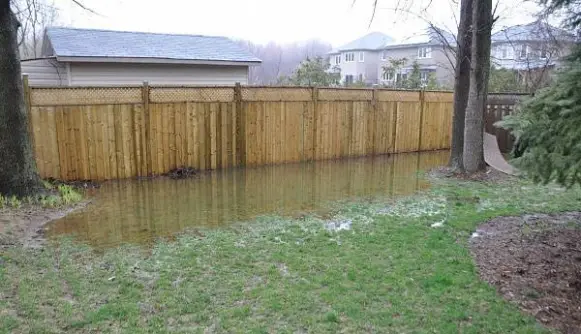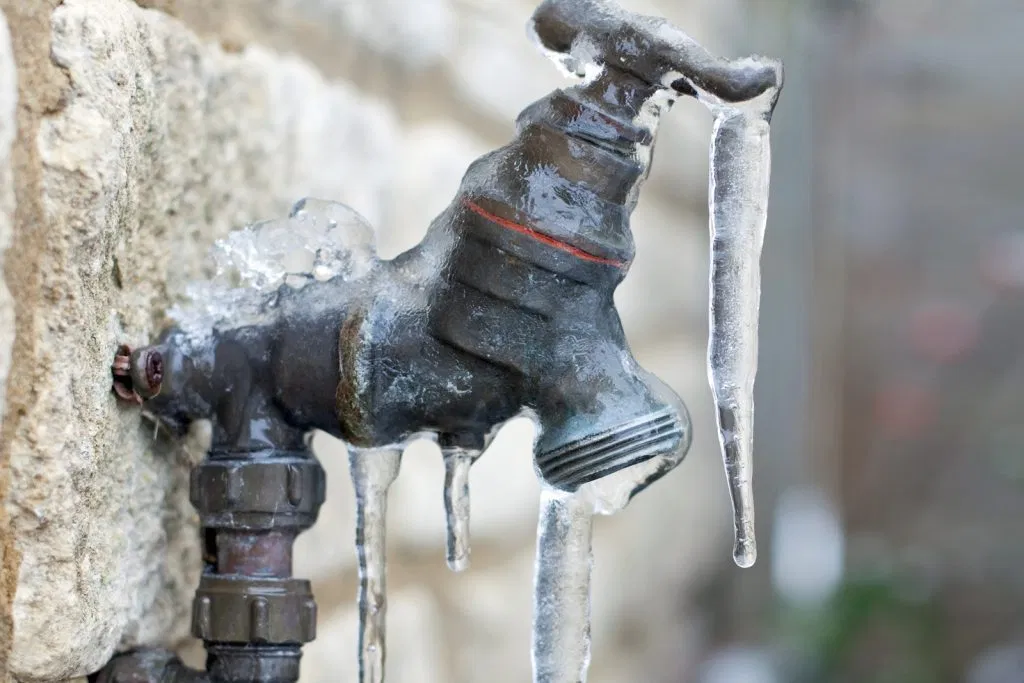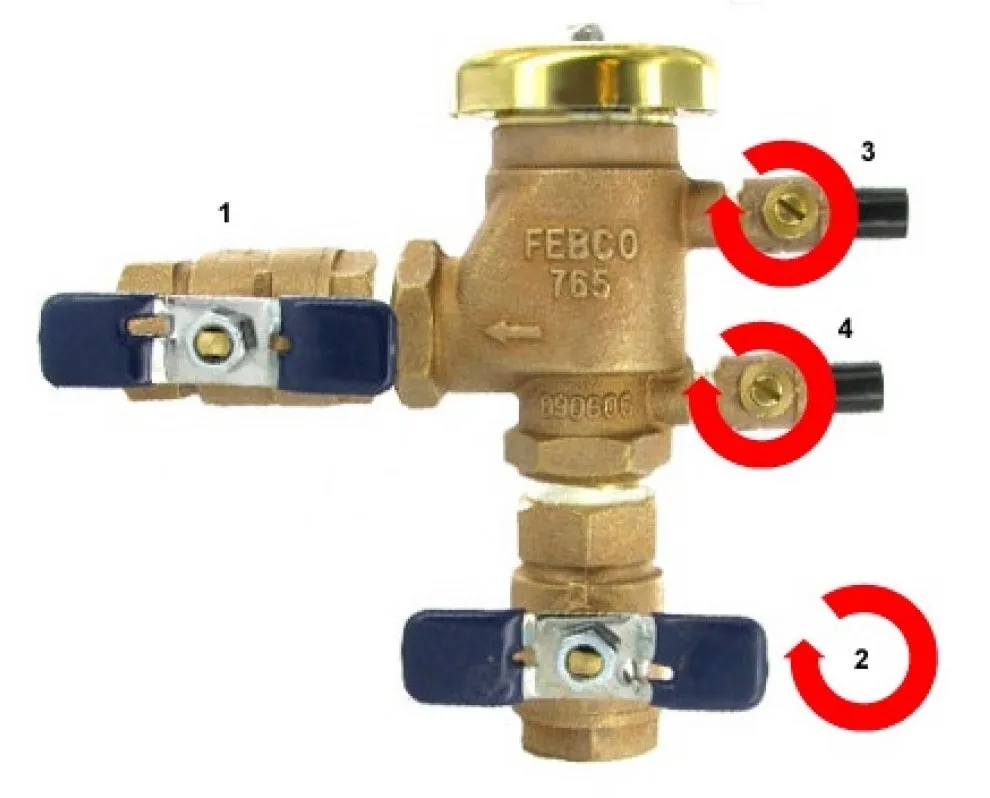Lawn Watering Guidelines
Proper watering is critical to your lawn’s health and vigor. Deep and infrequent watering is the best practice. This means wetting the soil to a depth of 3‐5 inches per irrigation. This equates to ½” of irrigation at a time.
Water during the morning rather than in the afternoon or evening; this allows the leaf blades to dry and reduces the risk of disease. Do not water every day or two. Frequent, short watering encourages shallow roots, unhealthy grass plants and turf susceptible to drought and disease.
Let the turf determine watering frequency. Since heat, humidity, and rainfall can vary, it’s best to water at the first signs of stress, not on a predetermined schedule. As a note, St. Augustine turf has poor drought tolerance and requires irrigation to survive during our long hot summers where Bermuda grasses are very draught tolerant and require less frequent irrigation but much deeper irrigation cycles.
Here are some guidelines and general tips to keep in mind when preparing your watering schedule. Each lawn and landscape is different and you should always check local weather conditions when planning.
Summer Months / Dry Periods
(Normally June through mid to late September)
Early morning (5am to 10am)
It is best to water deeply, less frequently. Consult the temperature guide below.
Most lawns require 1″ to 1.25″ of water per week, split over several days.
Winter Months / Rainy Periods
(Normally November to February and May to June)
Water only during the daytime hours. Avoid water overnight.
If there is no rain for weeks, use manual cycle and water as needed (no more than once every 1-2 weeks).
Your run times should be adjusted based on how dry your yard is. Winter watering should have run times 50% less than your summer run schedule.
| Irrigation spray head averages | ||
| Head type | Minutes per week | Amount of water |
| Pop-up spray head | 25-35 minutes | 1″ |
| Rotary spray head | 50-70 minutes | 1″ |
| Overall Temperature Guide | |
| Temperature | Frequency of water |
| 60° F | Every 7 – 10 days |
| 70° F | Every 6 days |
| 80° F | Every 5 days |
| 90° F | Every 4 days |
| Over 95° F | Every 3 days |
General Watering Guidelines:
January & February
Late Winter/Early Spring – Rainfall is usually adequate. Water if no rainfall for four weeks.
March, April & May
Water only once per week in the spring, if less than one inch of rainfall occurs.
June – Early September
During the summer, water each section heavily at least twice a week if less than one inch rainfall.
Late September – October
Early Fall is Brown Patch Season and excess water triggers this disease. During September water only once per week if no rainfall and every two weeks in October if no rain.
November & December
In late fall/early winter, rainfall is usually adequate. Water if no rainfall for four weeks
Tip for New Flowers
Water newer flowers 3 to 4 times per week for no more than 5 minutes.
Tip for New Trees
Water newer trees using soaker hoses or direct hose drips once every couple of weeks.

